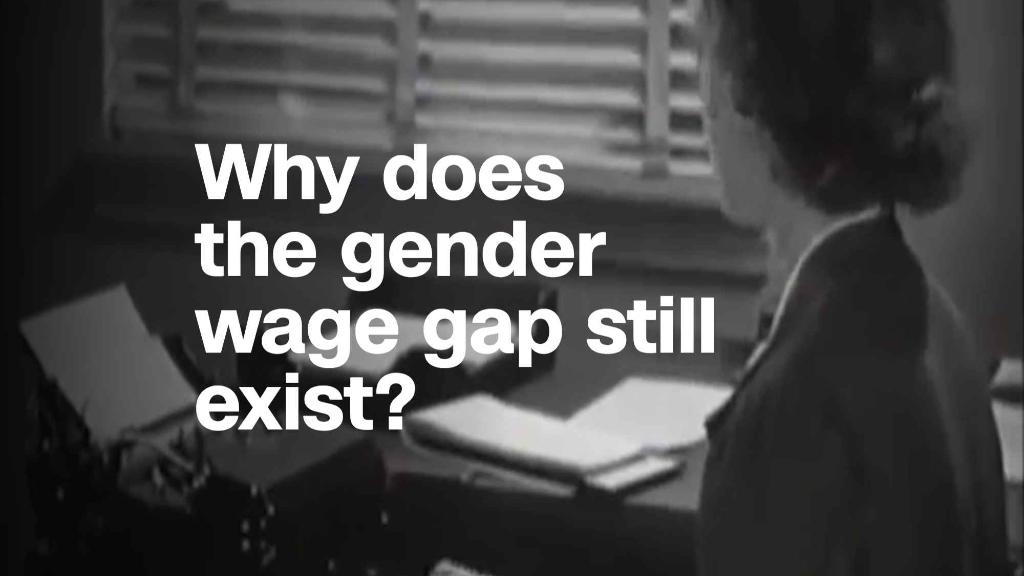
There have been a lot of headlines about the gender wage gap among full-time wage and salary workers. Researchers have found that pay disparities persist due to a combination of women working in lower-paid occupations, taking time off to have kids and discrimination.
But what about the world of online platforms, like Lyft and Instacart, where wages are often set equally for a given task and the customer doesn't see the gender of the worker before the job is booked?
Turns out there's a gender wage gap there, too.
A study released last week by economists from Stanford University and the University of Chicago using data from more than a million Uber drivers uncovered a 7% hourly earnings gap between men and women on the ride-sharing platform.
Related: What's really going on with wages in America
When looking deeper into the data, the researchers found that nearly half of that gap was due to male workers simply driving faster. Male workers are also more likely to have stuck with the app for a longer period of time, allowing them to accumulate skills that boost their productivity. And they also tend to drive in areas that can be more lucrative, including those with high crime rates and more liquor stores, which female drivers avoid.
"Our results suggest that there is no reason to expect the 'gig' economy to close gender differences," the authors wrote.
Their findings aren't unique among studies of non-traditional work. According to the Bureau of Labor Statistics' recently released Contingent Worker Survey, men in temporary jobs make about 15% more than women per week, and male independent contractors make 21.5% more per week than female independent contractors.
A 2016 study using a different data source, a longitudinal survey of hundreds of individuals also maintained by the BLS, found a significant earnings differential between self-employed men and women. Earlier this year, the accounting service Freshbooks found the gap was 28%, and survey results showed that many women reported gender discrimination and felt they had to charge less than men in order to win clients.
Related: Gig economy jobs aren't really taking over America's workforce
Shelly Steward, who studies the gig economy at the Aspen Institute, says that the independent contractor gap may be due to women taking on lower-wage contract work as supplemental income — such as babysitting or home-based sales jobs — rather than more lucrative primary income, like being an insurance agent or a plumber.
But even when men and women do exactly the same type of work, such as driving for Uber, factors like where they live and their relative appetites for risk can open up a gap.
"We live in a gendered and unequal society, and that impacts independent work just like it impacts traditional work," Steward says.
The Uber study offered one reason for optimism: Much of the gender-based wage disparity stemmed from a difference in experience, suggesting that women could pull even with men by sticking with the app longer and picking up more skills.
"Overall, our results suggest that on-the-job learning may contribute to the gender earnings gap more broadly in the economy than previously thought," the authors write.


